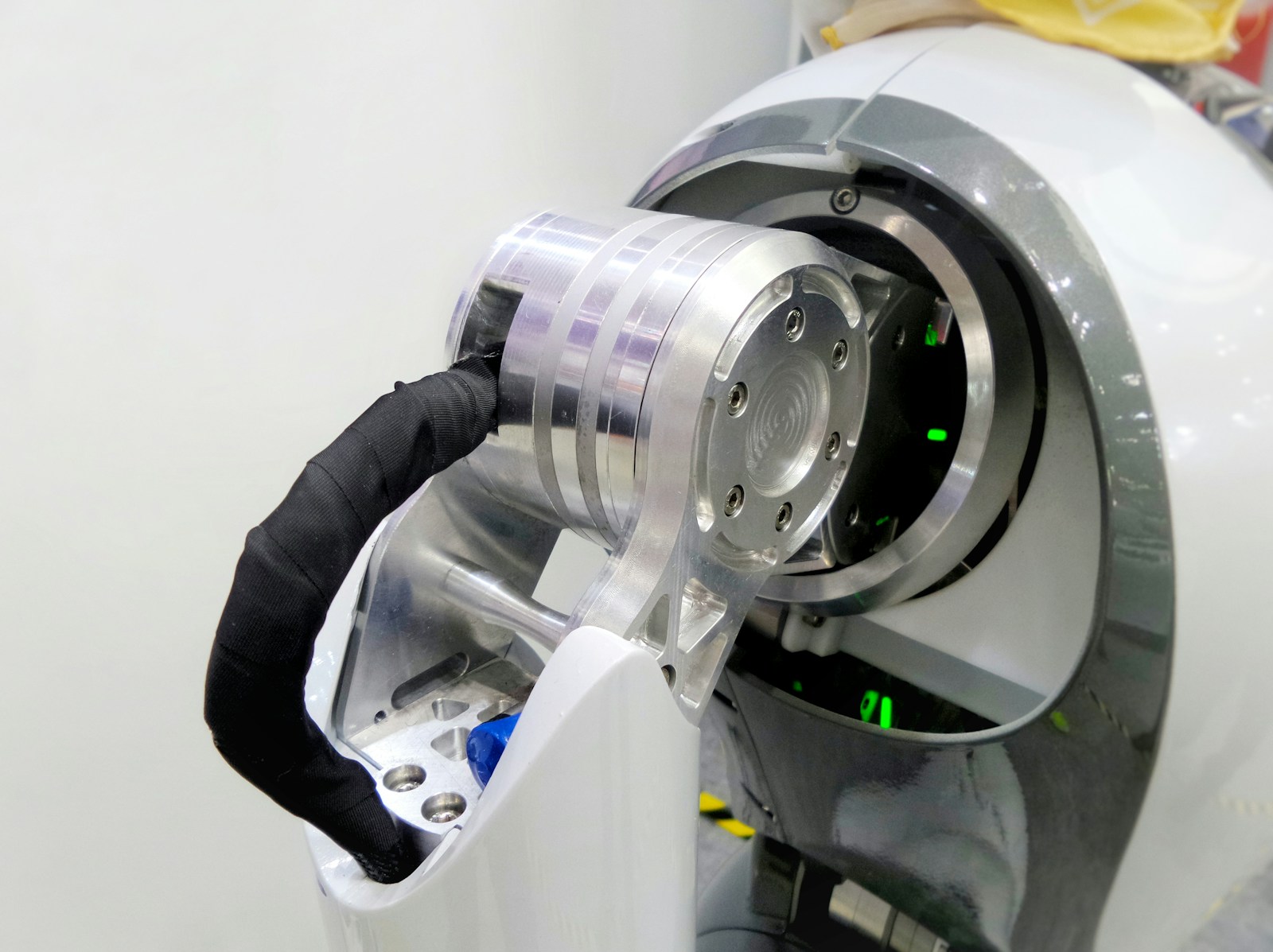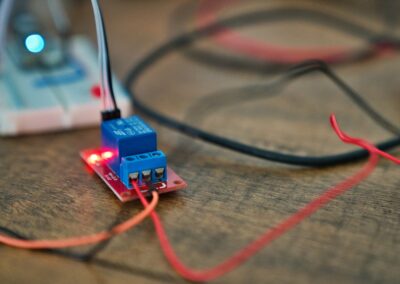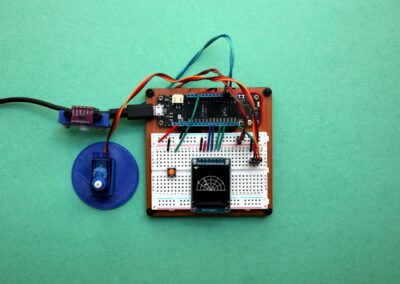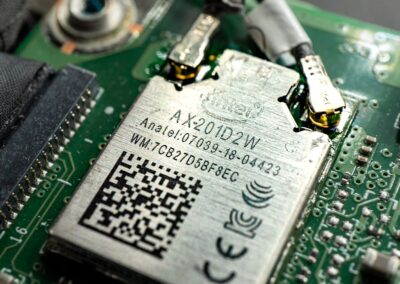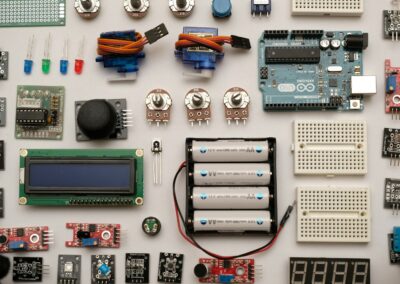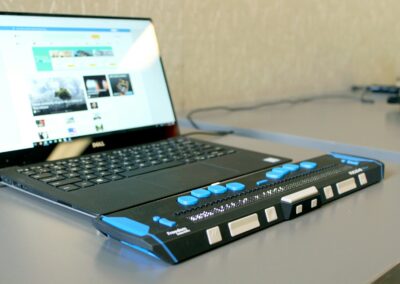Understanding Edge Data Processing in IoT
The Concept of Edge Data Processing
The integration of edge data processing in IoT deployments represents a significant advancement in the field of modern technology. Unlike traditional cloud computing, where data from IoT devices is sent to centralized data centers for processing, edge computing involves processing data closer to the source – at the edge of the network. This approach reduces latency, as data does not need to travel long distances, and enables real-time analytics and decision-making. In regions like Saudi Arabia and the UAE, where smart cities and industrial applications are rapidly evolving, edge data processing is becoming a crucial component for enhancing IoT performance and scalability. By bringing computational power closer to IoT devices, businesses can achieve faster response times and more efficient data management.
Benefits for IoT Scalability
Edge data processing offers significant benefits for the scalability of IoT deployments. As the number of connected devices increases, centralized data centers may struggle to handle the sheer volume of data generated. Edge computing mitigates this challenge by distributing data processing tasks across multiple edge nodes, thereby reducing the load on central servers. This decentralized approach allows IoT systems to scale more effectively, accommodating a growing number of devices without compromising performance. In smart city projects in Riyadh, for example, edge computing can support the scalability of IoT networks by enabling local data processing for traffic management systems, environmental monitoring, and public safety applications.
Enhancing IoT Performance
Performance enhancement is another key implication of edge data processing in IoT deployments. By processing data closer to the source, edge computing reduces latency and improves the speed at which data-driven decisions can be made. This capability is particularly important in applications that require real-time responses, such as autonomous vehicles, industrial automation, and healthcare monitoring. In Dubai’s advanced healthcare facilities, edge computing can enable real-time analysis of patient data, allowing for timely interventions and improved patient outcomes. Similarly, in the UAE’s industrial sector, edge data processing can enhance the performance of predictive maintenance systems, ensuring that equipment operates efficiently and reducing the risk of unplanned downtime.
Strategic Implementation and Leadership in IoT Management
Strategic Planning for Edge Data Processing
Implementing edge data processing in IoT deployments requires strategic planning and a comprehensive understanding of the organization’s specific needs. Businesses must identify critical areas where edge computing can provide the most value, such as in latency-sensitive applications or environments with limited connectivity. In regions like Saudi Arabia and the UAE, where technological innovation is a key driver of economic growth, strategic planning is essential for maximizing the benefits of edge data processing. For instance, in smart manufacturing plants, strategic planning involves integrating edge computing systems that can monitor and optimize production processes in real time, enhancing operational efficiency and productivity.
The Role of Executive Coaching in Edge Data Integration
Effective leadership is crucial for the successful implementation of edge data processing in IoT systems. Executive coaching services can provide valuable support in developing the skills and knowledge necessary for managing complex technology projects. Leaders must be equipped to make informed decisions about technology investments, manage cross-functional teams, and ensure that edge computing initiatives align with broader business objectives. In Saudi Arabia and the UAE, executive coaching helps leaders navigate the challenges of edge data integration, fostering a culture of innovation and continuous improvement. By focusing on leadership development, executive coaching services empower businesses to leverage edge data processing for enhanced IoT management and business success.
Ensuring Long-term Sustainability and Innovation
Achieving long-term success with edge data processing in IoT deployments requires a commitment to continuous innovation and adaptability. Businesses must stay informed about the latest advancements in technology and be prepared to integrate new solutions as they become available. In dynamic markets like Riyadh and Dubai, fostering a culture of innovation is essential for maintaining scalability and efficiency in IoT systems. Companies should invest in ongoing research and development, exploring new applications of edge computing and leveraging emerging technologies such as AI and machine learning for more sophisticated real-time analytics and decision-making capabilities. By prioritizing continuous improvement, businesses can ensure that their IoT systems remain efficient, reliable, and capable of meeting future demands.
Conclusion
The integration of edge data processing in IoT deployments offers significant benefits in terms of enhancing scalability and performance. By addressing challenges such as data complexity and system integration, and leveraging AI and machine learning technologies, businesses in Saudi Arabia, the UAE, and beyond can create more intelligent and adaptive IoT systems. Strategic planning, effective leadership, and a commitment to continuous innovation are key factors in achieving successful IoT implementations. Through executive coaching and a focus on long-term sustainability, businesses can ensure that their IoT systems remain at the forefront of technological advancements, driving business success and maintaining a competitive edge in the digital age.
—
#EdgeDataProcessing #IoTScalability #IoTPerformance #RealTimeAnalytics #ModernTechnology #SaudiArabia #UAE #AIIntegration #BusinessSuccess #ExecutiveCoaching #ProjectManagement


